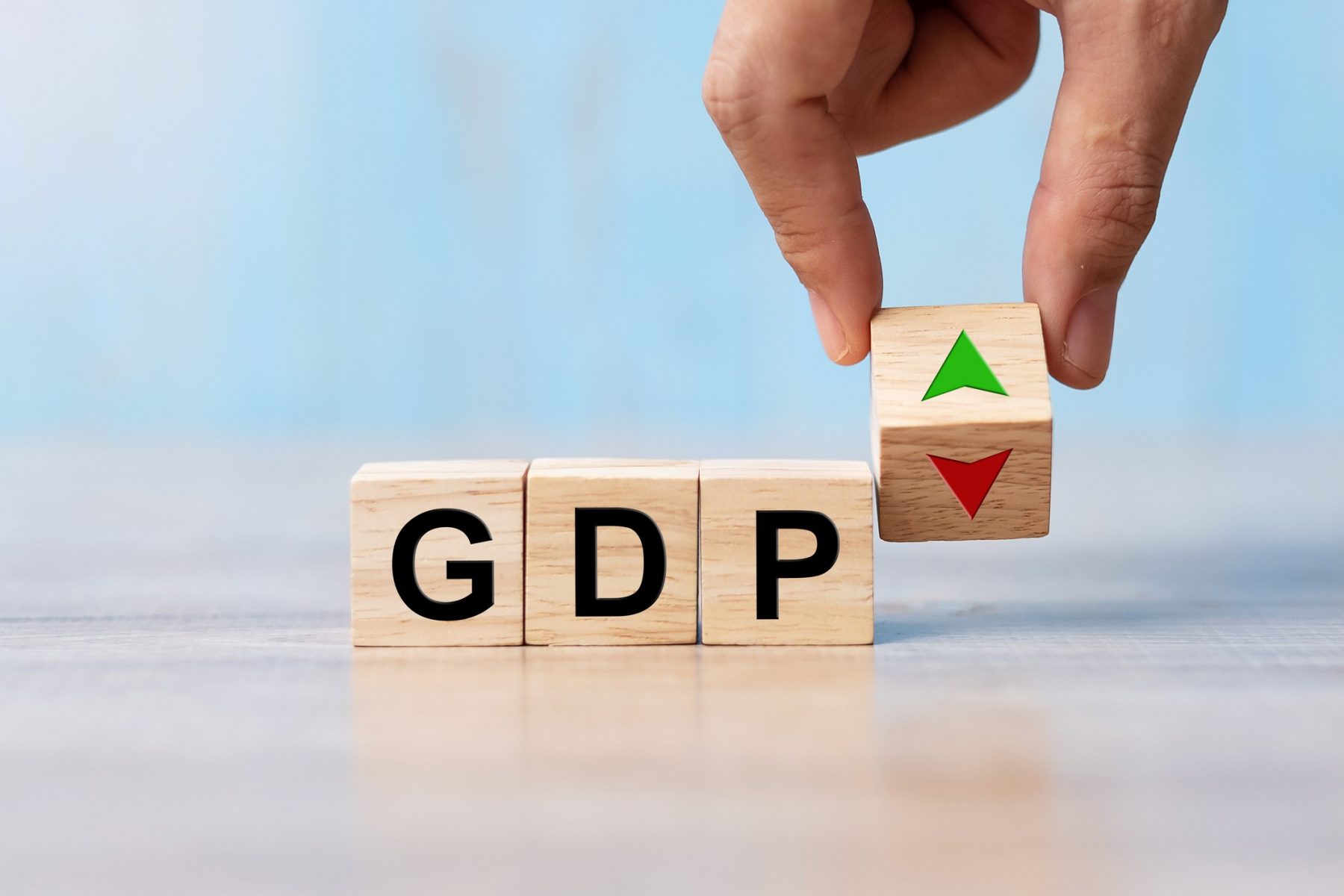An old adage on Wall Street is “don’t fight the Fed.” Another one is “don’t fight the tape.” The second rule seems to be a winning out in January. Bulls and bears can argue about fundamentals (they always do) but both would agree that market technicals are turning more bullish. Here are a few positive developments:
– While it can take months for new longer-term trends to emerge, we are seeing downtrends being broken across large portions of the market right now, even in some of the most beaten down areas like Technology and Communication Services.
– The cumulative advance – decline line broke out to a new high. That suggests that under the surface there is more strength than even the indexes would suggest.
– Over 70% of the S&P 500’s components are trading above their 50 day moving averages and roughly two-thirds above their 200 day moving averages. Since most stocks were trading under their moving averages late in 2022, this is considered a “breakout.”
January has been a pleasant surprise. Whether the rally continues may depend on announcements later this week. On Wednesday, we will get the first Fed decision of 2023. Thursday brings earnings reports from Apple, Amazon, and Alphabet. And Friday we get the jobs report (non-farm payrolls).
After this month’s rally, the S&P 500 now trades at 18x 2023 forecast earnings. This P/E multiple may rise as earnings estimates for companies continue to come down, as we expected. Stocks are not cheap, fairly valued at best. It seems to us that with a looming recession and an accompanying reduction of 2023 earnings expectations that the rally is suspect. Could the market continue its winning ways? Sure it could. But the fundamentals are not rosy and valuations have risen, so a pause may be the best we could hope for in the near term. The announcements later this week could push the market in either direction.
Fourth quarter’s earnings reports can best be described so far as disappointing. Almost half of S&P 500 companies have now reported. We are seeing weaker (lower) beat rates in both revenue and earnings. Guidance has been dismal (including Microsoft, Intel and Automatic Data Processing). Companies’ stock price reactions to earnings announcements seem to be tied to future guidance, not reported revenues and earnings. In spite of widespread disappointing earnings and guidance, the S&P 500 is up an unexpected 4.6% in January. How can that be? Apparently investors are betting on an economic soft landing (unlikely) and a Fed nearing the end of the tightening cycle (questionable).
THE ECONOMY SLOWS DOWN MORE THAN THE HEADLINES SUGGEST

Last Thursday’s fourth-quarter GDP report was welcomed by investors, but if you look below the surface the economy appears to be losing momentum.
The best news from the report is that consumer spending continued to increase and contributed about half of the reported 2.9% increase in Q4 GDP. However, the December retail sales were terrible and showed a sharp drop in spending. The economy can’t live on consumption alone.
On another positive note, recent job and unemployment claim reports indicate the labor market is holding up well despite large companies announcing tens of thousands of layoffs. Small businesses are still hiring.
The biggest cause for concern was the 6.7% drop in fixed private investment. Much of that was housing which fell at a 26.7% annualized rate due to higher interest rates. Capital expenditures also fell 3.7% which signals businesses are spending less on equipment which can boost worker productivity.
Another trend that bodes ill for the economy is that money supply growth (M2) has been slowing over the last two years. In December, the growth rate went negative by 1.3% versus a year earlier, marking the first ever decline since the Fed started publishing M2 data in 1959. M2’s recent peak in February 2021 was 27% year-over-year growth. The decline is adding to recession fears.
In spite of the positive GDP report, our bottom line is that most forward-looking indicators are telling us that a recession is either here or on the way. Investors hoping for a soft landing pushed stock prices up in January. We question whether the rally is sustainable.
